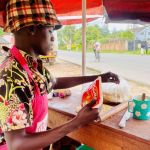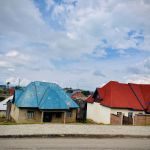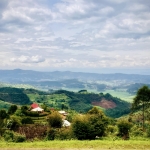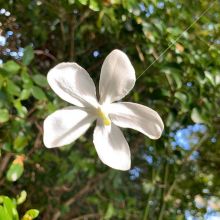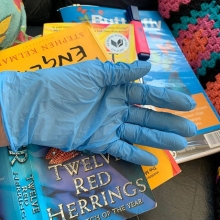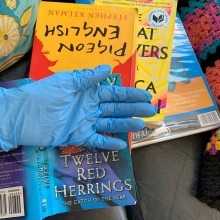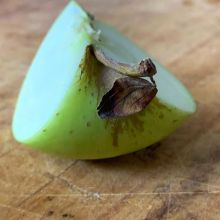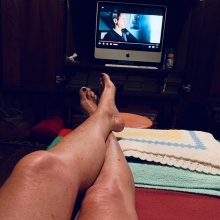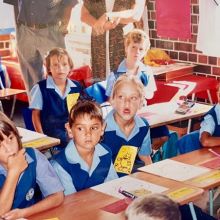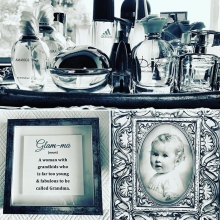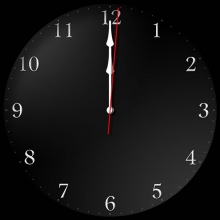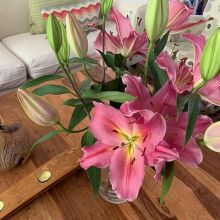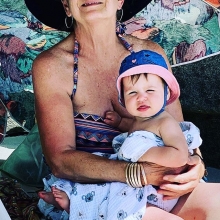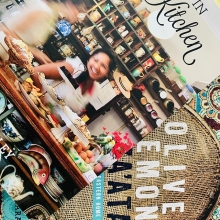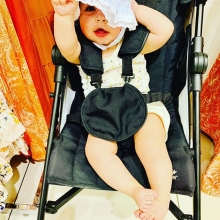Shell We Go West?
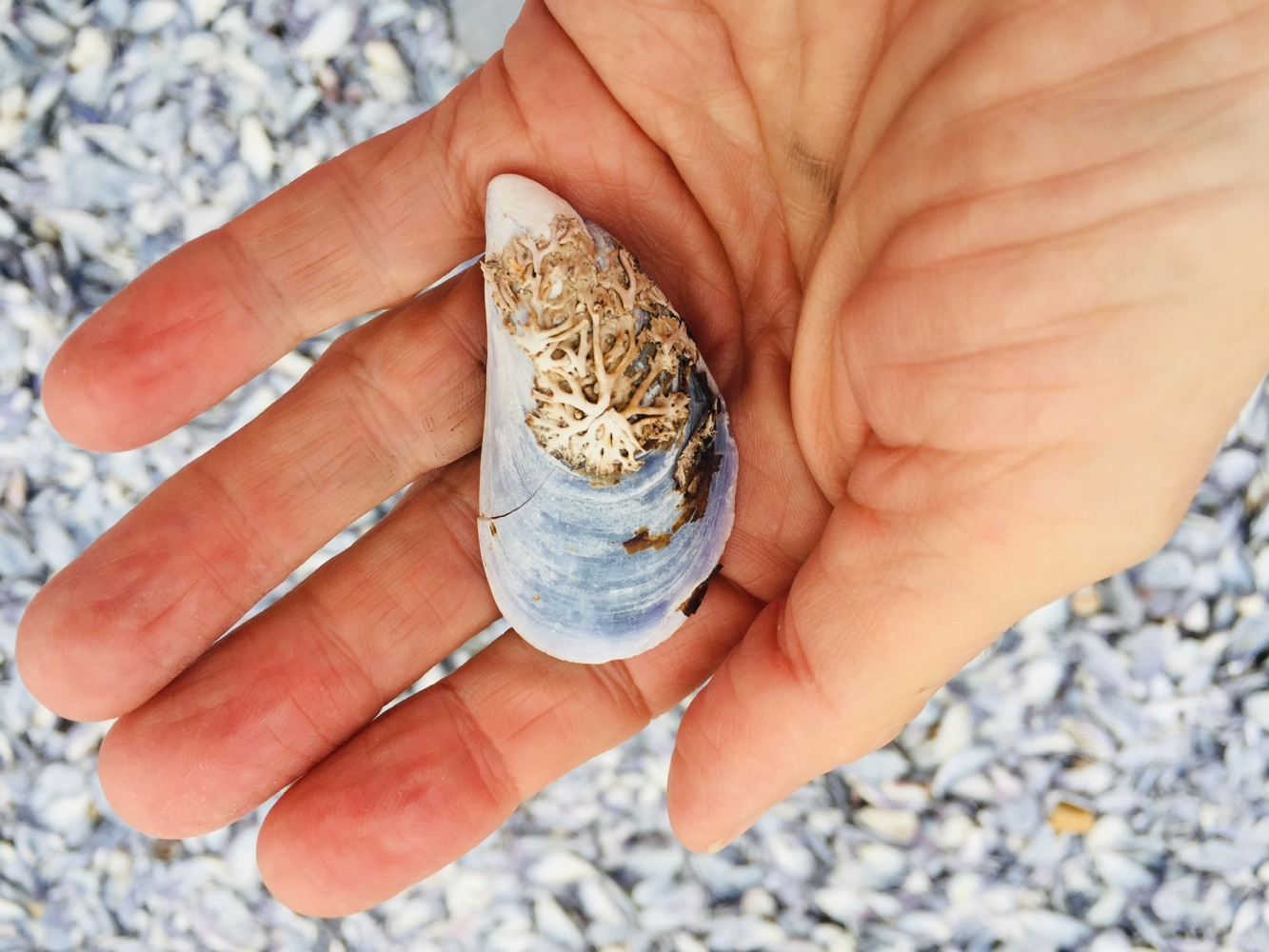
Exploring the West Coast National Park and Groenrivier.
With the sun on our backs in the morning, we set off from Upington to Springbok. All along the Orange River aqua systems through vineyards, date palm plantations, water mills and the legendary Pink Padstal where stocking up on books, dates, dried fruit, snacks, and a gift for grandbaby is a no brainer!



That’s the thing with a Padstal; it’s got to be inimitable and stand out from the crowd. We love stopping and snuffling around for a bargain and something for the picnic basket.

Once we left the verdant farmlands, we entered arid Namaqualand, a scorched, rocky, yet majestic, landscape in summer. Our first choice for the night was the Goegap Nature Reserve, a semi-desert reserve in the Northern Cape and lies around 8 km east of Springbok. Alas, the gate closes at 16h00. The staff must’ve had a quiet day and knocked off earlier. The hunt was on for a campsite.

iOverlander, our preferred reference for campsites, pointed us in a westerly direction. We set up just as the sun set at a small, private grounds on the farm Modderfontein. The retired miner, now farmer, came around in his blue Jeep to welcome us. The “oom”, a renowned raconteur and a fundi on copper mining in Okiep. He is also a very keen member of the vintage motor club, hence his old Jeep. He could, given the opportunity, keep one up all night!



My Dad later told us Okiep was world-famous for its copper mining, and as a young schoolboy, he’d accompanied a friend home, by train, for the holidays. His father, an American, was the mine captain. The pictures I took are the reality of mining in the 1900. Shocking the accepted mining conditions then.


We traversed interesting mountain passes as we descended into Namaqualand. A stark landscape with villages and farms dotted along the way reminiscent of Namibia, and just as picturesque. A landscape artist's dream.




The landscape became more desolate and stark. Dotted along the way were mine dumps in various shades and textures of earth excavated—the sand and gravel roads forcing us to deflate our tyres. The poor tyre pressure monitor not able to cope.



Kleinzee was the first coastal town we reached but, we weren't going to stop there. I couldn't resist a photograph of the lone golfer putting on a sandy putting "green". He gave us the once over too. This once thriving mining town now looks pretty deserted. All the shops were closed with a few boarded up. Covid lock-down must've given them a huge knock.

At last, we reached our lunch destination. We needed to quench our thirst. We'd reached Hondeklipbaai. The restaurant aptly named, I thought, Die Rooispinnekop (The Red Spider), aka crayfish. Here, rumour has it; crayfish are plentiful and the staple dish. I'm always astounded by some of the sê goed (inscriptions on plaques) we come across in small villages.


I was drooling until Butch whispered, “look at the menu – under sea food!” He tapped the flapping menu under my nose. My heart was pulsating eagerly. I read… Fish – Hake and chips, Russians and chips, Viennas and chips. You learn something new every day. I’ve always suspected there were grizzly bits minced into Russians but… fish. No. No. No.


It would be fish and chips, all from a supplier in Cape Town who complies with sustainable fishing etc. Our meal was delightful, the fish lovely and the chippies gorgeous. But, this is what we’ve come to—no place to hide anymore. Distance is not a factor to contend with, and local is only lekker (lovely) to tourists like us. Locals, whose staple might be crayfish, enjoy a good Vienna and chips on the weekend. Such a shame. At least they do have All Gold tomato sauce to go with the chips.


We explored the beach in search of the shipwreck, had coffee, our own supply, and then entered the Namaqua National Park and started our search for a suitable campsite, to do some wild camping for the night, in the Leliefontein, Kamiesberg district.


It is on these adventures that I fall in love with our Honey Badger again and again. Sublime. We appreciate what we do, where we’re able to go and in these Covid times, we’re lucky to be able to get away from it all. Our simple lifestyle is serving us well—touch wood.



I must agree with everyone who raves about Groenrivier. We loved it too and will undoubtedly return during the summer. The campsites are miles apart with a long- drop toilet, an enclosed braai area and, of course, a view to die for. This is the ideal spot to wild camp for the adventurous. Fishing would be good, and if there’s a left break, a surfboard could come in handy too. During crayfish season, I’m sure there would be crays on the menu every evening.


Butch and I could spend a month there and not miss home at all, weather permitting. When the cold wind comes up, it might be time to pack up.

Every day proved different, either the terrain, the location of our campsite, the coast with its diverse fauna and flora. On day two, we had to deflate our tyres further as we trundled through thick, fine, white sand.


Much of the coast is a National Park, but some of the lands belong to sheep farmers. My job as the gate opener was quite tedious, stretching my legs, jumping in and out of the truck to swing open the steel farm gates. The sight of sheep grazing so near the coastline is a lovely sight.


---oOo---
For decades, the west coast of South Africa and Namibia has been a mining hot spot, I do know Anglo American (De Beers) did a lot of diamond mining here. Now the long stretches of unspoilt coastline is being sand mined extensively, affecting beaches, dunes, and the biodiversity. I recently read that non-profit organizations, environmentalists and conservationists are all challenging the massive expansion of minerals sands beach mining, and the cumulative impact mining has on the region. We were pretty astounded by the vast areas affected.

On one of our walks after setting up camp we noticed hundreds of meters (couldv’e been kilometers, but I don’t want to exaggerate) covered in mountains of black mussel shells. At the time, we couldn’t understand how this had happened. Imagine from a distance seeing a grey almost blue beach. It was until we walked over and saw they were made up of tons of mussel shells. Heartbreaking if the cause is the damage caused by the mining.
The road south from the Groenrivier estuary is far more corrugated. We rattled and shook until I thought I might lose my teeth. The noise was deafening. I have vowed to have our truck “silenced” somehow. I think we need to have the shocks checked!


The weather couldn’t have been better and once we’d settled we’d stretch our legs taking long walks along the deserted beaches. Here and there we’d come across other campers and only once could we stop and chat. I do miss company and enjoy hearing about other travelers experiences and how they do things. The couple we met were keen birders and their tables were covered in bird books, binoculars and spectacles. Their interest was seabirds and west coast birds.

We delved into the rock pools trying to find an octopus, to no avail.

We spent three nights camping along the coast and then made a left turn and headed inland again. It was time to return home. Lutzville was our entry point to civilization. A very picturesque wine farming community along the banks of the Olifants river. We still debate whether we’ve stayed there in the past, I think we have.


For lunch we stopped off at the new farm stall and restaurant at the top of Piekenierskloof. Teeming with visitors who were also returning home after the long weekend we found a table and ordered the house speciality. Roosterkoek.


The baker was a pro at baking the best roosterkoek I’ve eaten. He told me that he learnt the art from his mom and has been making roosterkoek for decades. The trick to a perfect roosterkoek is that the braai grid must not be closed which makes sense now. His roosterkoek were light and puffy not the rock buns I’ve produced.



For dessert we ordered pancakes. They were disappointing. Not light and fluffy, just a little too thick. We filled a basket with some delicious homemade goodies and lemon meringue tarts to take home.



The descent over the Piekenierskloof always marks the end of a holiday for me. It’s just a short stint home from there. I can’t say I always enjoy that thought.

---oOo---













